3 Months in Taiwan - The World's Most Hidden Gem
This little island in Asia deserves more of your attention.
I can probably sum up what the average foreigner knows about Taiwan like this: for most of my three months there, friends and family kept asking how I was enjoying Bangkok.
If you’re young or Asian, you might associate Taiwan with bubble tea. If you’re into business, semiconductors. If you’re a politics nerd, it’s that dot that might start World War III. And if you’re old enough, you might still think of it as where your Barbie doll was made. But for most people, Taiwan is just overlooked entirely. Despite having almost the same population as Australia, it is nowhere near as famous.
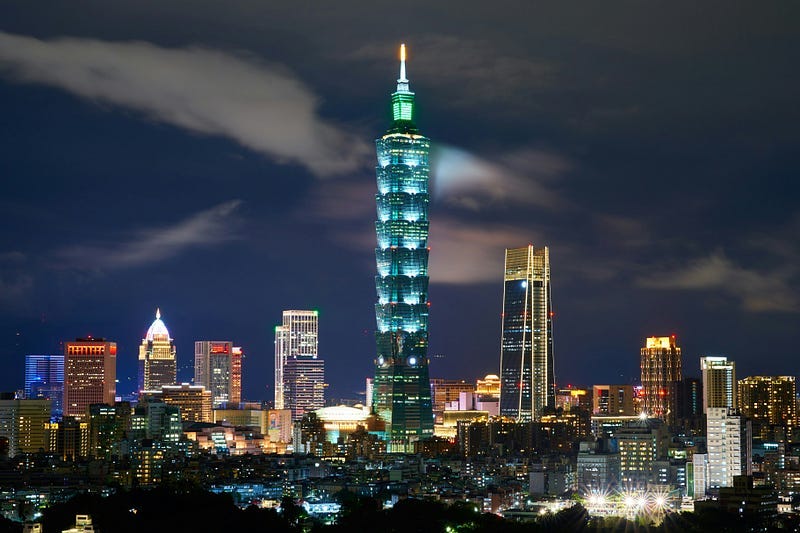
So what drew me to Taiwan? Well, I’d heard consistently wonderful things about Taiwan from travelers over the years: beautiful nature, good food, friendly people, and low prices. And since I was already headed to Japan and Korea this year, adding Taiwan to the itinerary felt obvious — maybe even urgent. Who knows how much longer Taiwan will stay Taiwan?
I hadn’t done much homework before landing, but I knew a little more than the average bear. I knew that Taiwan is very mountainous, and has some of the best surfing in East Asia. I knew that it was culturally Chinese, and had often heard it said that Taiwan is the best place to explore traditional Chinese culture (since it never went through the destructive “Cultural Revolution” that occurred in Maoist China). I also knew that Taiwan is Rich Asia: I came expecting bullet trains, not tuk-tuks.
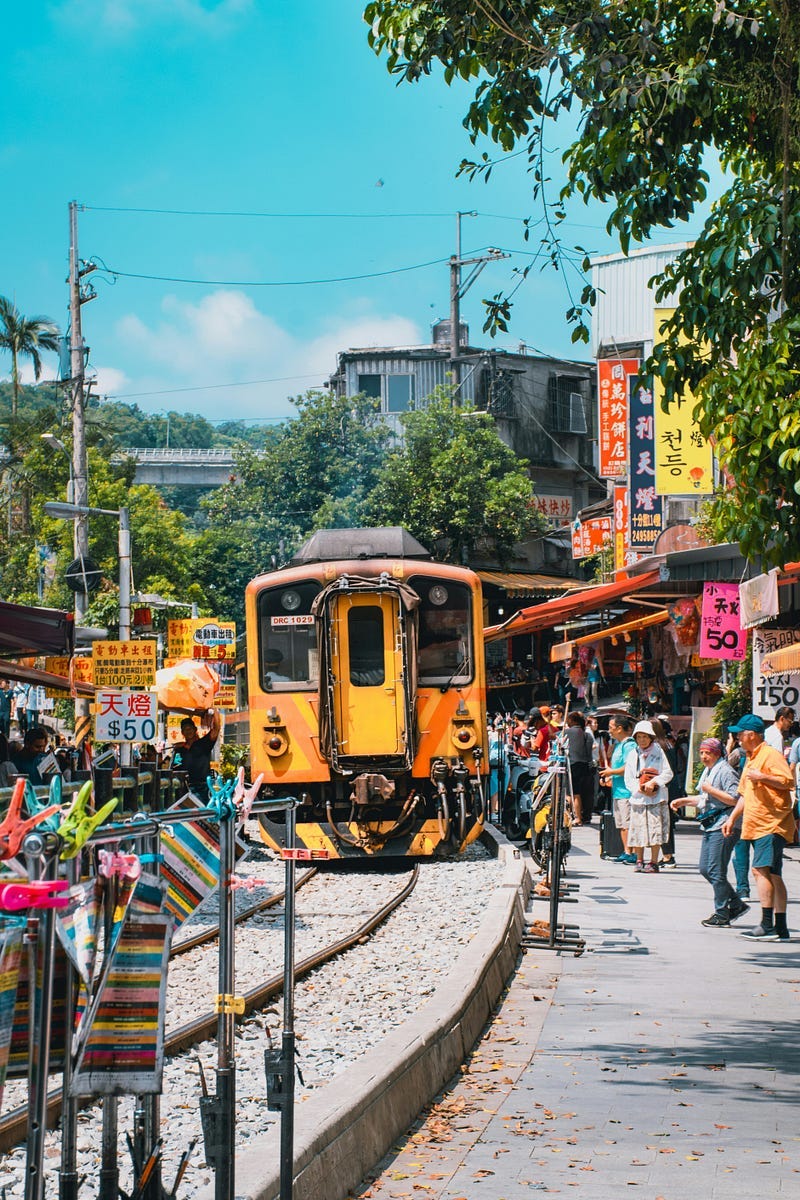
When I arrived, that was the cause of my biggest surprise. Taiwan is rich: skyscrapers are abundant, the public transport is fast and efficient, and the streets are clean and safe. Yet it was obviously a place that had come into money quite recently. In many ways, Taiwan felt like a hybrid between Japan and Thailand. The streets swarm with motor scooters, like most of Southeast Asia, but they rarely honk. There are plenty of thriving night markets, but they are hygienic and have fixed prices.
You notice it most when you pay attention to older Taiwanese. They’re more likely to walk across a red traffic light; when you pay $4 for a haircut or $15 for a pair of sneakers, it’s invariably an old “auntie” or “uncle” doing the selling. It was clear to me that this older generation grew up in a poorer country, and that Taiwan in general is in a transitional phase. It is no longer a military dictatorship filled with sweatshops — but people still remember it being so.
A second surprise was how Japanese Taiwan is. Most of Taiwan is ethnically Chinese, and it has been a long time since Taiwan was a Japanese colony, but the influence was still clear to me. Japanese pop culture, from music to anime merch, is more easily found in Taiwan than elsewhere in East Asia; it sometimes seemed like every third restaurant was a ramen or katsu curry spot; most Taiwanese are fond of Japan, associating it with sophistication rather than colonial horrors; and even though Taiwan has recently overtaken Japan economically, many Taiwanese still look at Japan as a great place to vacation or study abroad, if not work.
That admiration makes sense, because Taiwan is a bit rough around the edges. If Taiwan has a city as beautiful as Kyoto, I haven’t seen it. The apartments are often pretty dystopian and run-down, the urban planning is car-centric and nightmarish for pedestrians, and there’s a pretty bad rat problem (which I understand is mostly a result of night market food waste rather than general dirtiness — Taiwanese streets tend to look clean and trash-free).
None of that bothered me. In fact, I found it charming. I loved that avocado toast & matcha latté cafés were much rarer than in Tokyo. Instagram “foodies” might be dismayed to find that fine dining spots are heavily outnumbered by 24-hour “breakfast restaurants” serving pork buns and radish cake to people on red plastic stools — but I loved the unpretentiousness. Taiwan felt a bit grungy but cosy, as if the streets had been lifted from the set of some 1980s Hong Kong rom-com.
And somehow Taiwan feels very grungy, but not remotely dodgy. Taiwan is as ugly as sin but also second to none in terms of safety. Statistically, Taiwan is safer than even Japan or Singapore. On an almost daily basis, I saw Taiwanese people behaving so carelessly that my jaw dropped. Leave a new iPhone unattended outside to hold your spot at a table while you go to the toilet? Why the hell not! I remember pointing out to a Taiwanese friend in a street market that her handbag was open, and her replying “Yes … ?” and looking at me in confusion until she remembered:
“Ah yes, you’re European! You guys love stealing stuff.”
And what’s really extraordinary about that safety is that it doesn’t really feel like it comes at much of a price. In Japan and Singapore, safety is ensured by social engineering or draconian laws. Taiwan, by contrast, feels quite free. The public toilets and parks are not locked at night, unlike Japan; chewing gum is not illegal, unlike Singapore; and you’re entirely welcome to drink alcohol in a convenience store, unlike Korea (indeed, Taiwanese convenience stores often serve draft beer).
It’s hard for me to pin down exactly why Taiwan feels so relaxed and secure. The relative lack of tourism helps: Taiwan is bizarrely off the beaten track for Westerners, and in most of Asia, I’d worry more about tourists robbing me than a local. But it must also be related to the laid-back island mentality. Taiwan doesn’t seem to have the hard edge of a society like Japan or Singapore. Mainland Chinese tease Taiwanese for being soft and, in the nicest possible way, I get it. Life feels a little cuter and slower. The ruthless competition that defines so much of East Asia doesn’t seem quite so prevalent in Taiwan.
And on the topics of tranquility and the countryside, Taiwan boasts phenomenal nature. The unusual geography of the island makes it the most densely mountainous island on Earth: despite being roughly the same size as Moldova, it boasts more than 200 peaks over 3,000 metres, with the highest ones surpassing Japan’s famous Mount Fuji. Add to that some very underexplored coastline boasting solid surf, as well as over 100 natural hot springs, and you have a real pearl when it comes to outdoor lifestyle.

If you prefer paintings to surfboards, Taiwan also punches above its weight in cultural terms. For such a small island, you have some really impressive museums, most famously the National Palace Museum (the world’s greatest collection of Chinese artefacts), but also the absolutely bonkers Chimei Museum in the south of the island which houses the world’s largest violin collection, as well as significant exhibits of ancient weaponry and Western fine art, all housed in a site resembling a vast English country estate.
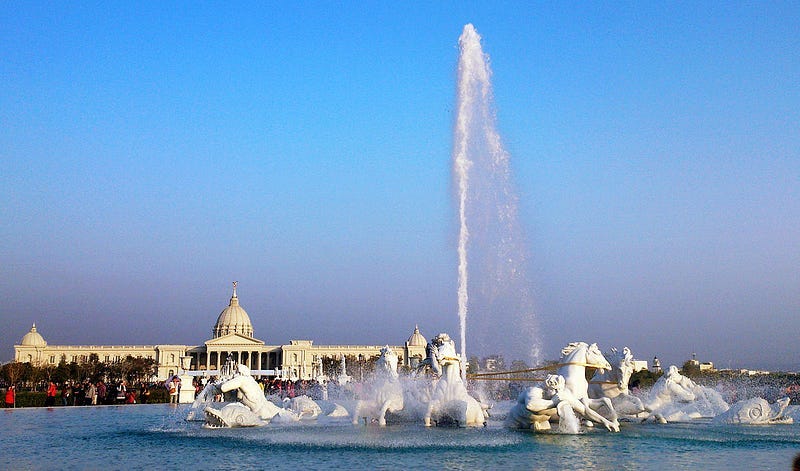
Besides those centrepiece attractions, Taiwan is also littered with lovely neighbourhood temples and some pretty spectacular mountain monasteries. In the south, there are farms dedicated to displaying the traditional culture of Taiwanese indigenous peoples, who represent about 3–4% of the island’s population.
And you certainly wouldn’t come to Taiwan for the architecture, but Taipei 101 is a truly spectacular presence in the Taipei nightscape, and there are occasionally some beautiful wooden pubs and houses left over from the Japanese occupation. Tainan, the old capital, has plenty of red-brick temples and charming alleyways, and Kaohsiung’s port area houses an art district that is about as beautiful a place as you could spend a summer day.
My most significant complaint with Taiwan (besides the fact that I went in winter and it was slightly cold and rainy) is that it lags behind the other East Asian countries in terms of traffic culture. Drivers are not well-trained or patient, often acting like bullies; scooters brazenly mount the narrow pavements (“pavements” that are often just painted on the road) and use them as parking space. The urban design is sloppy and unintuitive, and the traffic death rate is among the highest in developed countries. Things are not as bad as Vietnam or Indonesia, but Taiwan is unpleasant to walk around in.
And yet, walking is necessary because the public transport within cities is not nearly as good as it is between them. Buses are late or mysteriously cancelled; metro stops are spaced far apart; and the entire public transport system comes to a shuddering halt at midnight, much like Japan. It isn’t so problematic in Taiwan because taxis are very cheap, but it irritates me nonetheless.
With those caveats out of the way, I still think Taiwan is a fabulous country, and I’ll hopefully be back before the year is over, to appreciate it in a somewhat sunnier season. I can’t recommend visiting strongly enough, and it honestly bewilders me that such a cheap, beautiful, friendly and safe place, with wonderful food and temples and culture, is somehow one of the least visited countries in the region.
In a world grappling with overtourism, cancel the trip to Thailand or Spain and come to Taiwan instead.

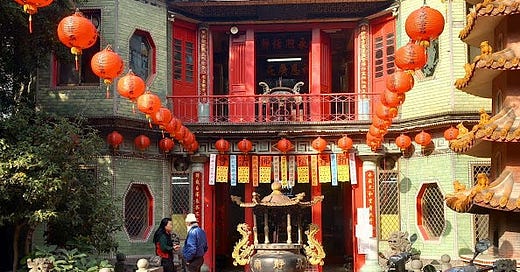


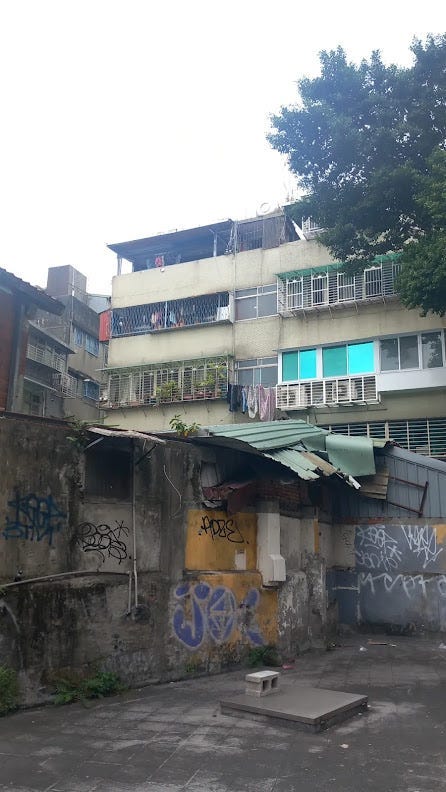
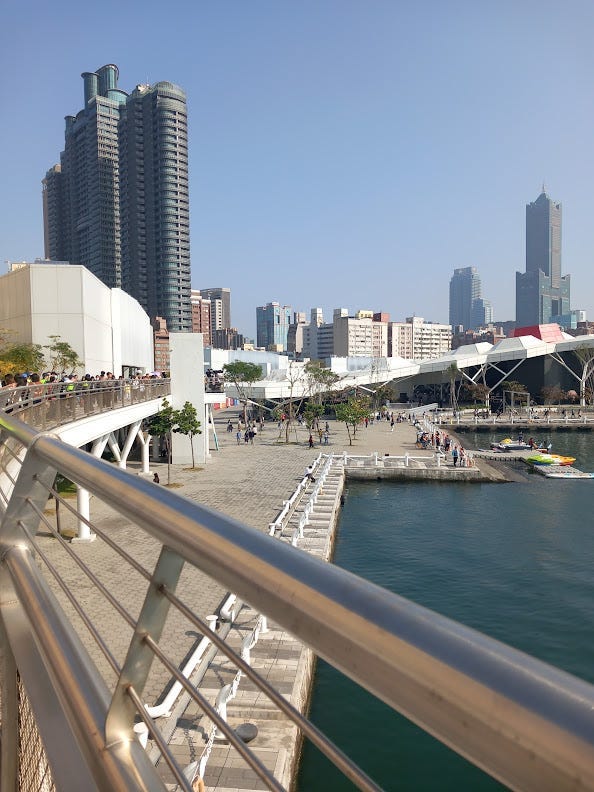
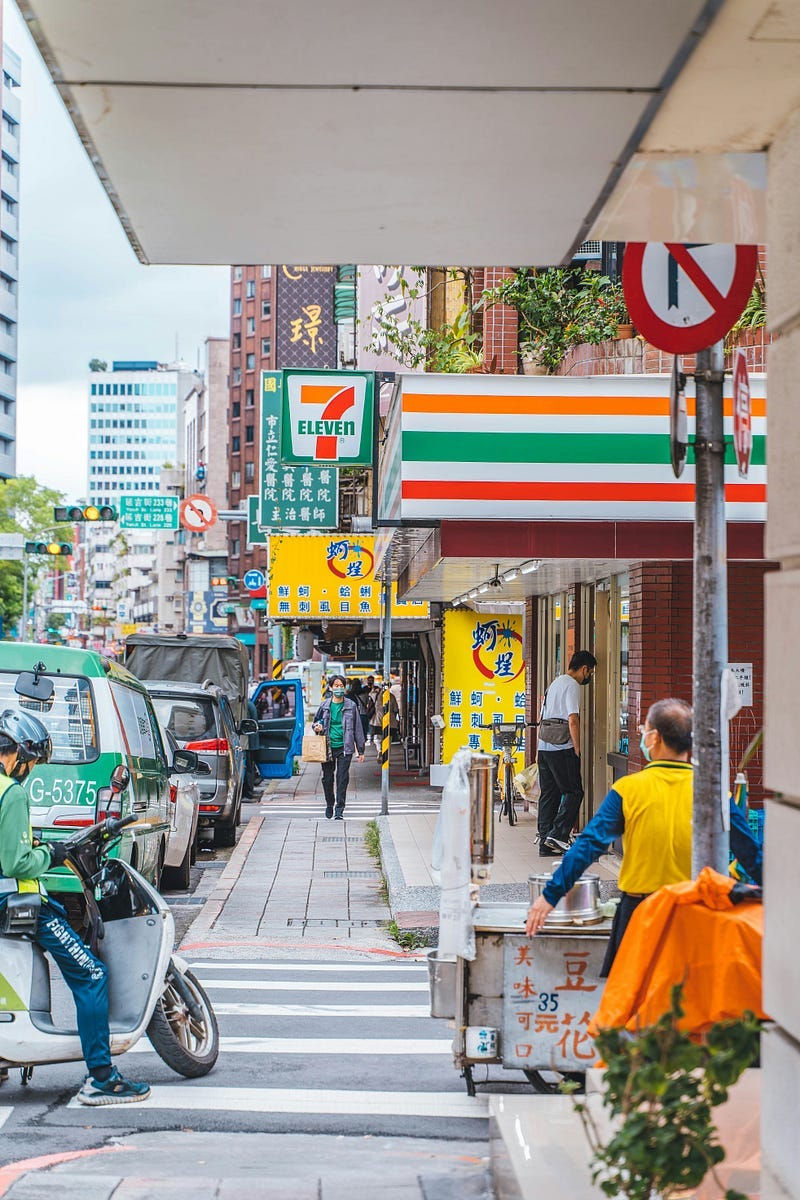

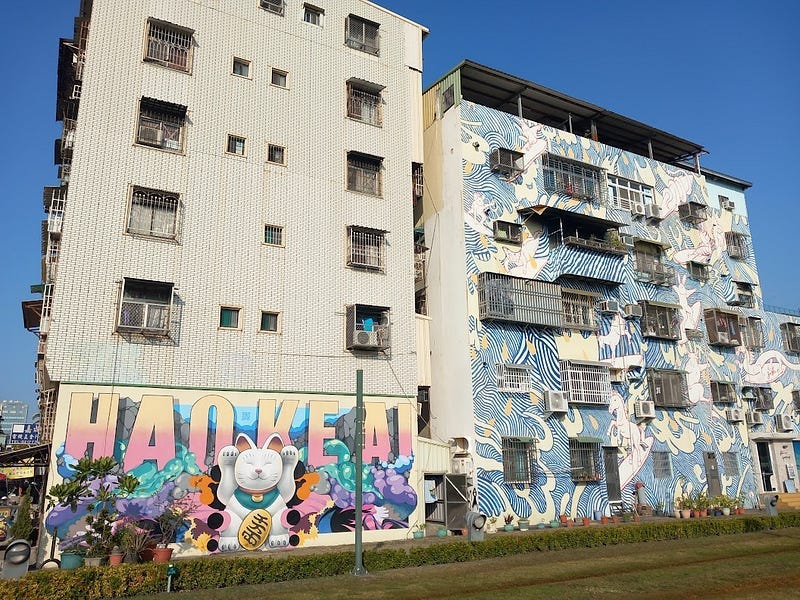
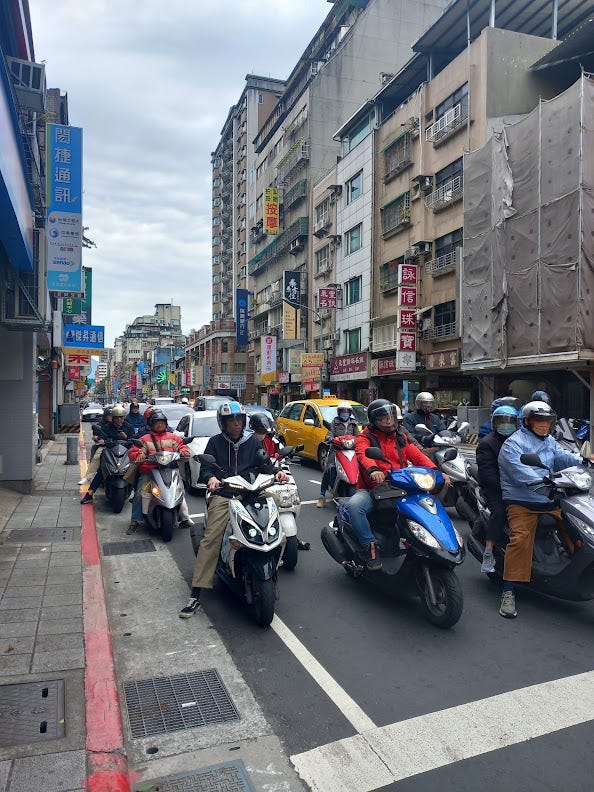
I haven't been to Taiwan since 1978 so I'm sure things have changed a bit. It's interesting to read your perspective, both bad and good. Not many travel writers will do that. Although Taiwan is not on my travel list, it's nice to read about places I remember from my past. Good piece.
Another good article, thanks.